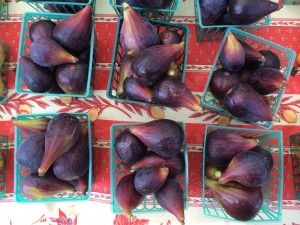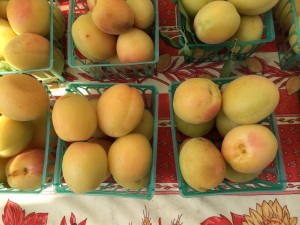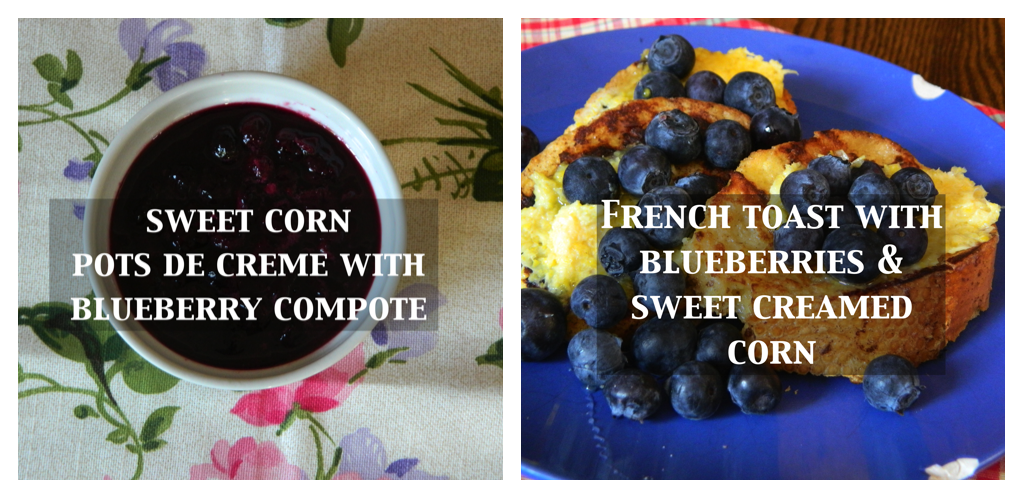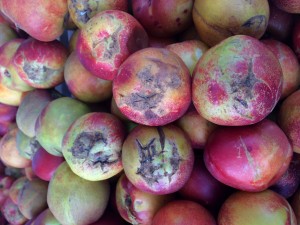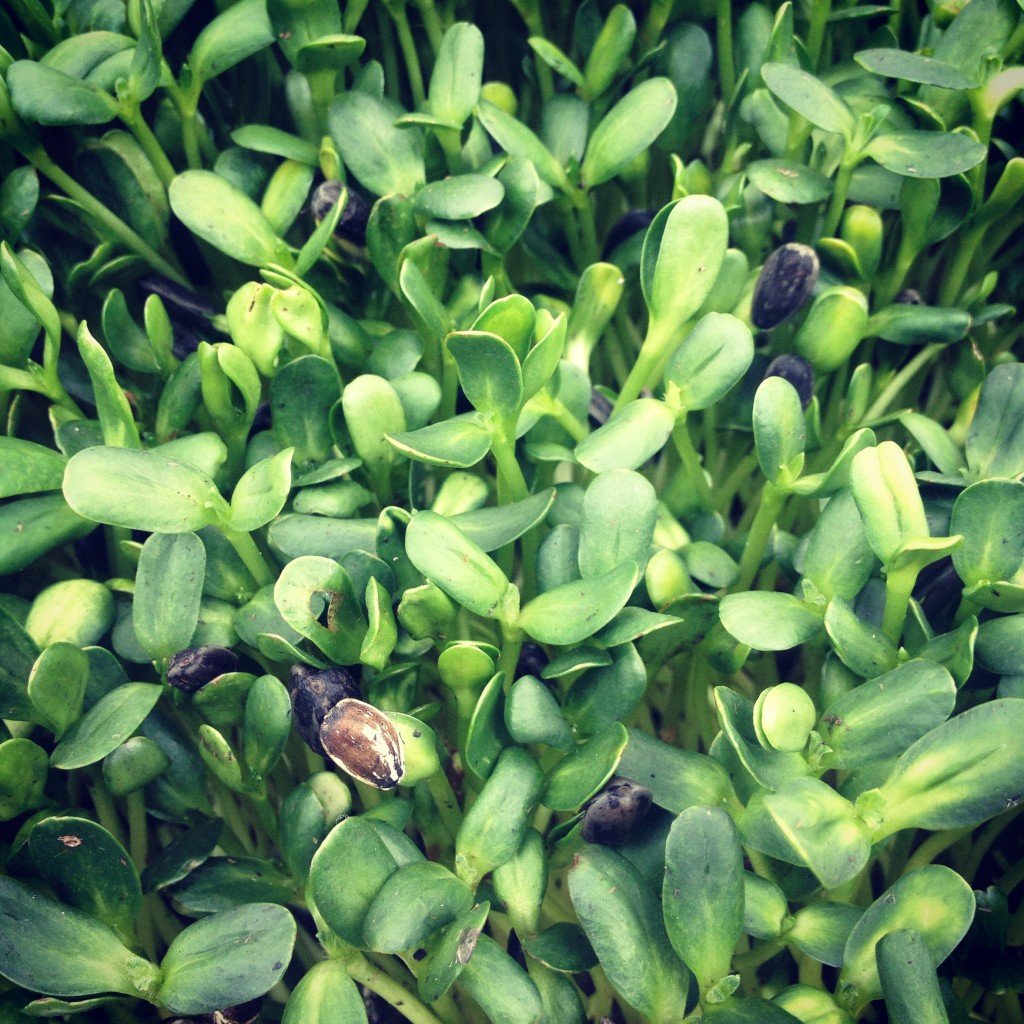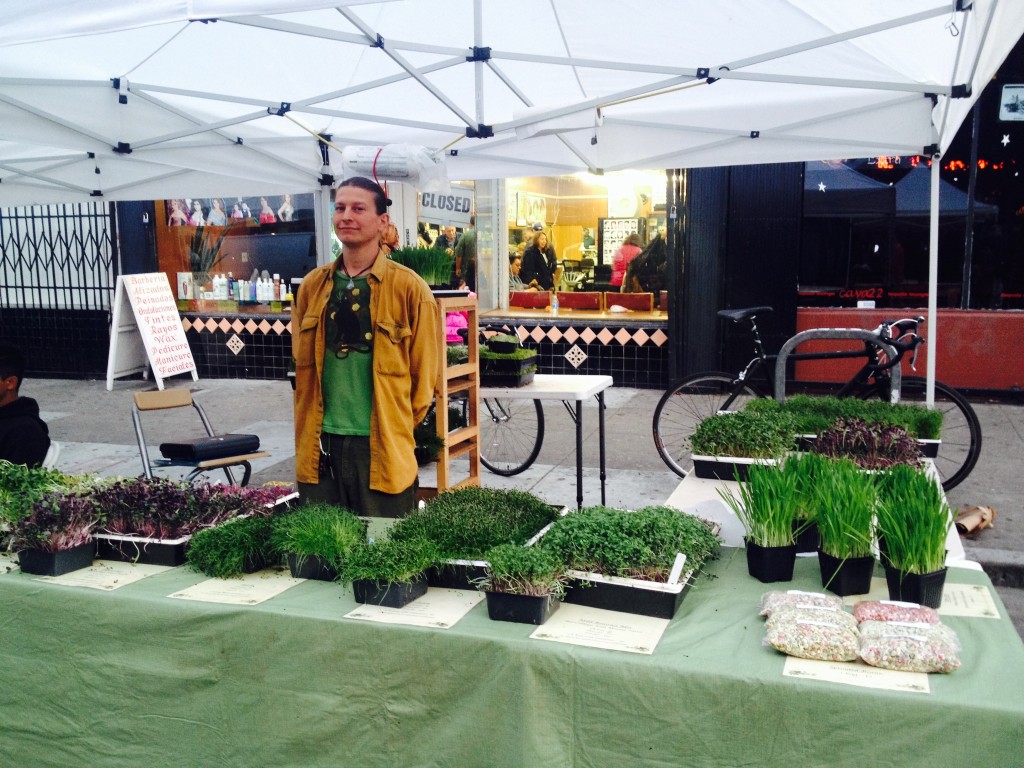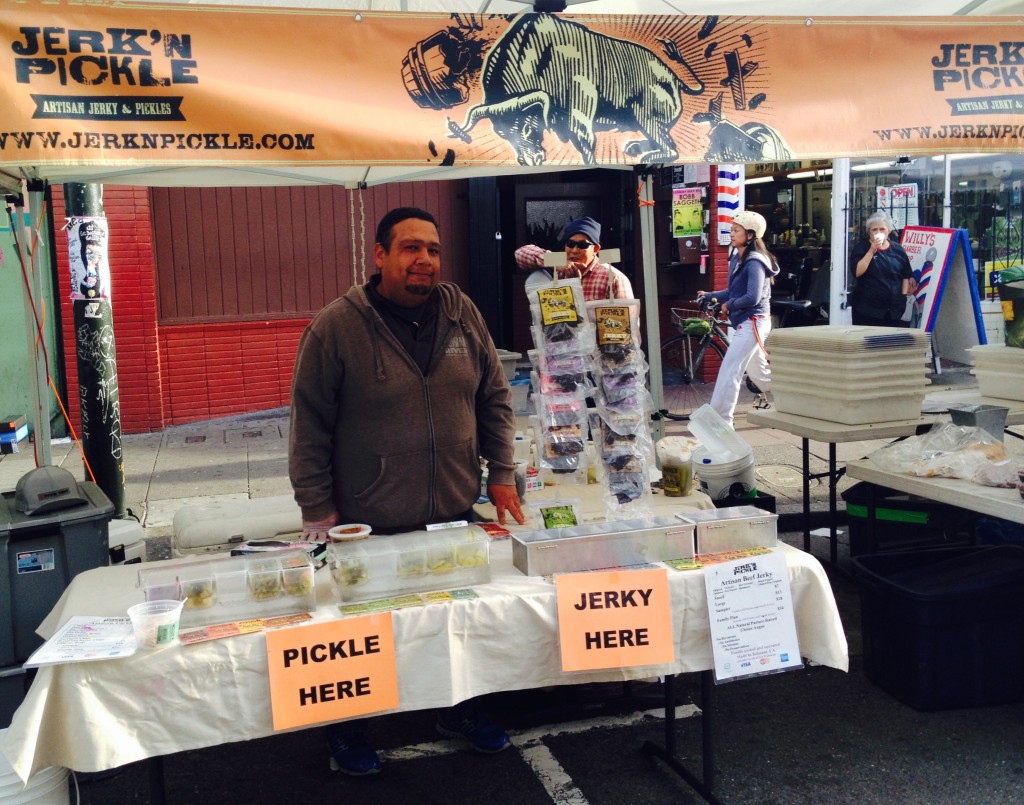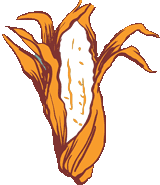 Ask Nicholas Arata what his favorite peach is and you’ll be rewarded with a family story. “The Reginas [yellow peaches] are my favorite yellow fleshed peach to eat,” he says, noting that the farm has had Regina trees for 30 years. In fact, says Nicholas, “they were planted the spring I was born, or the season before that. When you look off into the backyard, they are the first trees you can see.”
Ask Nicholas Arata what his favorite peach is and you’ll be rewarded with a family story. “The Reginas [yellow peaches] are my favorite yellow fleshed peach to eat,” he says, noting that the farm has had Regina trees for 30 years. In fact, says Nicholas, “they were planted the spring I was born, or the season before that. When you look off into the backyard, they are the first trees you can see.”
Arata has a grove of about 150 Regina trees. “When you think of your grandmother making peach cobbler, or something nostalgic with peaches,” Nicholas continues, “I think of the Regina flavor.”
“When you think of your grandmother making peach cobbler…I think of the Regina [peach] flavor.”
Nicholas isn’t the only Arata who grew up surrounded by trees. The farm is owned by his father, Mike Arata, and has been in the Arata family for 4 generations; this Mike Arata, the third in the family, grew up working on the farm with his grandfather, Mike Arata I. Now, the Arata farm continues to sell produce at local markets, including MCM, and at their stall in Brentwood.
This week, Arata’s table is in transition. Though some fruits, like cherries, which had an especially early crop this year, are on their way out, shoppers have plenty to look forward to. The table is spotted with figs, pluots, santa rosa plums, wesley apricots, and angelcots. And next week, the Reginas will come in.
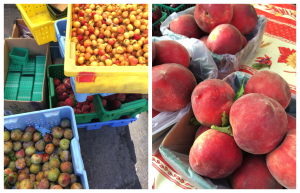
Left: Arata’s peaches, cherries (done for the season), and pluots. Right: Along with their yellow regina peaches, Arata has a grove of white peach trees.
As I speak to Nicholas, he and his father call back to each other. “How long have we had the Reginas?” Nicholas asks. It is apparent that Arata is a collaborative farm––as the two banter, they swap information about fruits.
And as I speak to the Aratas, it becomes clear that they know their trees like they are a part of the family.
One of the highlights of the Arata table are the black mission figs. Mike tells me that the figs will be at the table next week, too, though neither Mike nor Nicholas is sure how many there will be. “There are crops every year,” Nicholas says, “but we go through the trees and hand-pick the ripe ones.”
Nicholas describes black mission figs as “standard fig flavor,” saying that “they taste like a fig newton.” Along with the black missions, Arata grows white Kadota figs. “The Kadota’s are sweet––honey sweet,” Nicholas explains. “They’re sticky inside, almost seedy. They’re more creamy.”
Figs are versatile and add subtle sweetness to a variety of dishes. They can be made into jam or dressing, or used in salad, tartlets, cake, crumble , or–the option I’m salivating over–creme brulée.
Or they can be prepared simply: “one gal just bought my last basket––she was excited to cut them up and put them on ice cream,” Nicholas says. “A lot of people grill them, and a lot of people bake them.”
Another highlight are Arata’s white apricots, called angelcots. “They’re a new item for the states,” Mike tells me. The two try to figure out where angelcots are most popular––Nicholas thinks that they come from the Middle East, and, in fact, he’s right. Angelcots are the hybrid of Iranian and Moroccan apricots.
Angelcots are picked like white peaches. The fruit is very tender, with a lot of liquid inside, which makes them especially sweet. “They’re great bruised,” says Nicholas. “They just bruise because they are so delicate. People think of a bruise as a bad spot, but it’s just the matter of the fruit.”
Try angelcots in a pastry or with goat cheese for a quick and fulfilling snack.
And on Thursday, be sure to stop by and check in on Arata farms––they’ll treat you like family.

